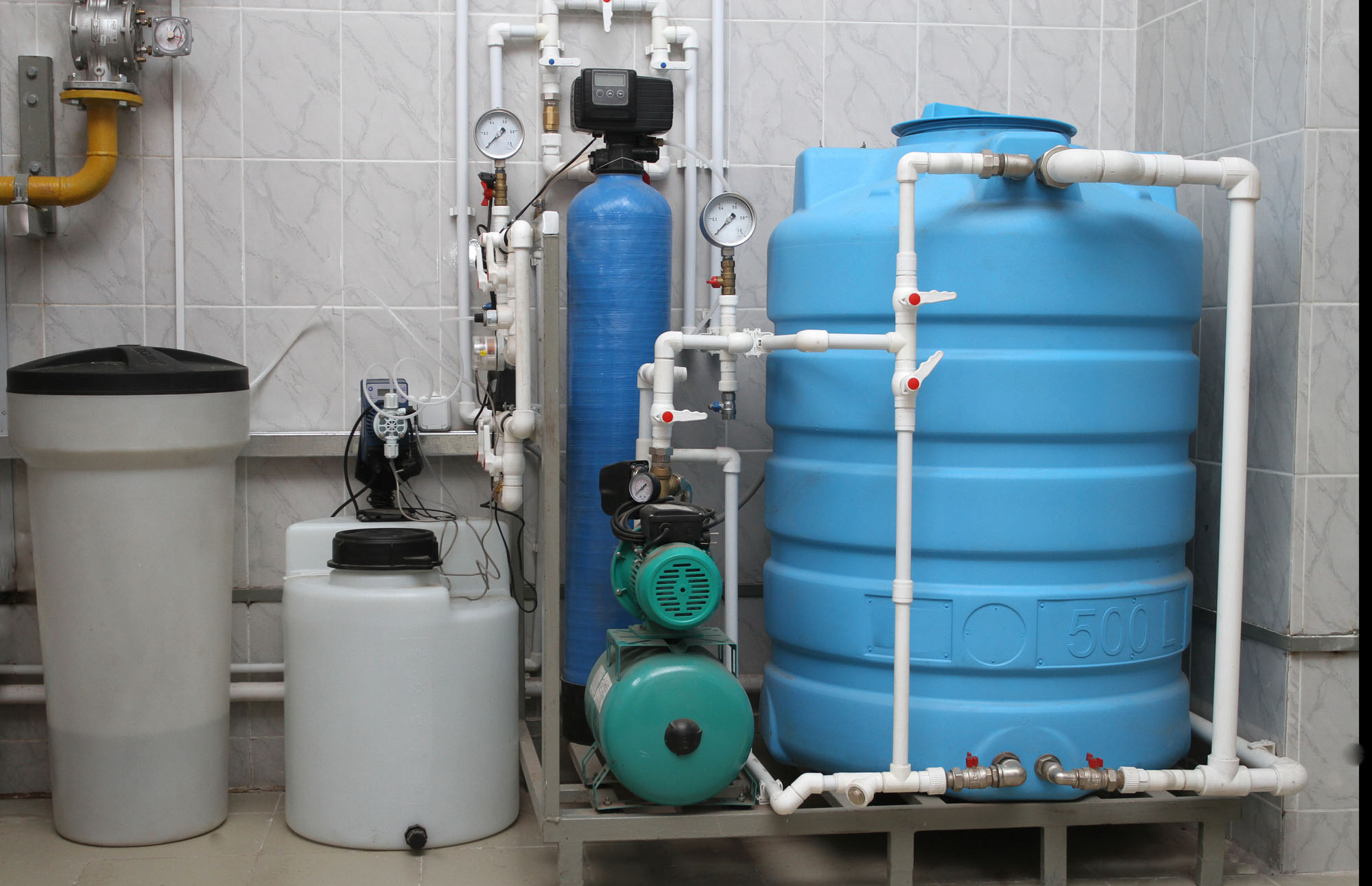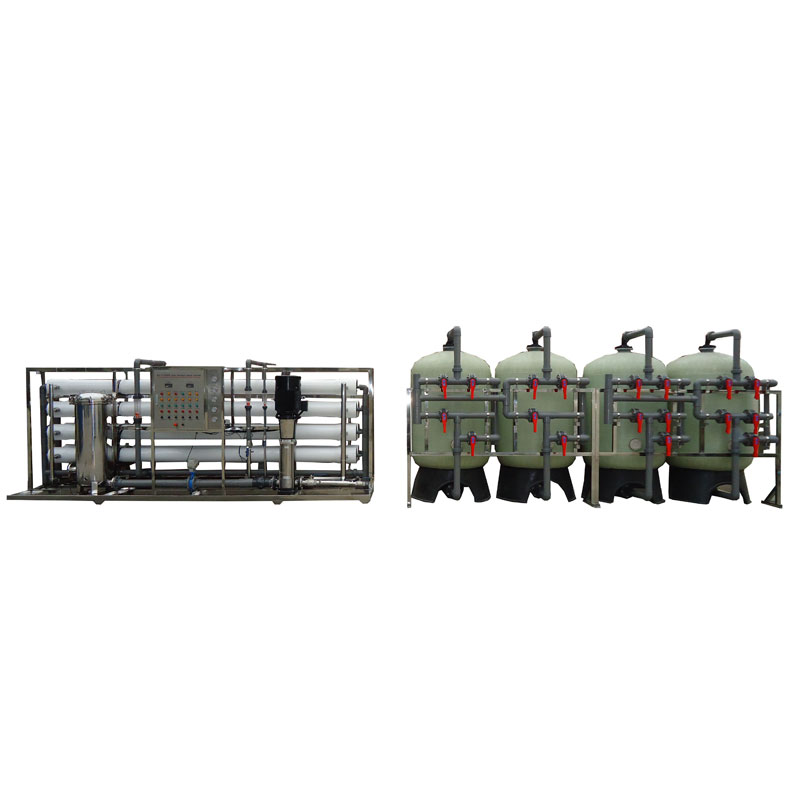Does the reverse osmosis water purifier system require a booster pump?
Reverse osmosis water purifier system plays an important role in daily life, but many people may be confused as to whether they need a booster pump. Let's answer this question.
The reverse osmosis water purifier system is an efficient water treatment equipment that can effectively remove impurities and pollutants in water and provide clean and healthy drinking water. However, is a booster pump necessary for homes with low water pressure?
1. Water Pressure and Reverse Osmosis System Efficiency
The efficiency of a reverse osmosis system is affected by water pressure. If your home's water pressure is below 40 psi (pounds per square inch), the efficiency of your reverse osmosis system may be affected. In this case, a booster pump is essential. A booster pump can increase water pressure, helping the reverse osmosis system work more efficiently and produce more clean water.
2. TDS levels and water quality requirements
In addition to water pressure, the total dissolved solids (TDS) level of the water is also a factor in considering whether a booster pump is needed. If your water pressure is between 40 and 50 psi and the water's TDS level exceeds 500 ppm (parts per million), you may also need a booster pump. High TDS water may mean there are more dissolved substances in the water, requiring more pressure to filter through the reverse osmosis membrane.
3. Use of environment and water sources
Another factor that affects whether you need a booster pump is your operating environment and water source. Generally speaking, reverse osmosis booster pumps are rarely needed in homes that use city treated water because the city water system usually provides adequate water pressure. However, if you are using well water or other groundwater, especially in areas with low water pressure, then you are more likely to need a booster pump to increase the water pressure and ensure the normal operation of the reverse osmosis system.

How often does the filter element of the reverse osmosis water purifier system need to be replaced?
The frequency of filter element replacement in reverse osmosis water purifier system depends on the type of filter element, the water quality and usage of the household. Regular replacement of the filter element can ensure the normal operation of the system and ensure the provision of high-quality drinking water.
First of all, it is very important to understand the types of filter elements of the reverse osmosis water purifier system. Usually, a reverse osmosis system includes multiple components such as a pre-filter, activated carbon filter element, reverse osmosis membrane and post-filter element. Each filter has a different lifespan, so replacement frequency needs to be determined on a case-by-case basis.
Generally speaking, the life of pre-filters and activated carbon filters is shorter, about 3 to 6 months, depending on the water quality and quantity. These two types of filters are mainly used to remove particulate matter and odors from water. Over time, the filtering effect of the filter elements will gradually decrease, so they need to be replaced regularly.
The reverse osmosis membrane is one of the most critical components in the reverse osmosis water purifier system. It is responsible for filtering contaminants and dissolved solids in the water. Generally, reverse osmosis membranes have a longer life, about 2 to 3 years, but they also need to be evaluated based on water quality and usage. The post-filter element is mainly used to further improve water quality and taste, and is usually replaced every 6 months to 1 year.

How to choose a suitable booster pump for reverse osmosis water purifier system?
1. Consider water pressure needs
Choosing the right booster pump starts with considering your home’s water pressure needs. Determine the pressure and flow requirements of the booster pump you need based on your water pressure situation and the specifications of your reverse osmosis system.
2. Determine pump performance parameters
Secondly, the performance parameters of the booster pump should be determined based on the specifications of the reverse osmosis system and water quality conditions, including maximum working pressure, flow range, durability, etc. Choose a pump with stable performance and strong durability to ensure stable system operation.
3. Pay attention to equipment quality and brand
In addition, it is necessary to choose a booster pump brand with good quality and reputation to ensure the safety and stability of the equipment. A high-quality booster pump can not only increase water pressure, but also reduce breakdown and repair costs and extend the service life of the equipment.

What are the installation and maintenance precautions for a booster pump?
1. Installation points
The installation of the booster pump should be carried out by professionals to ensure that the installation location is appropriate, the pipeline connections are correct, and the electrical wiring is safe. During the installation process, attention should be paid to the location selection, stable fixation, and reasonable pipeline layout of the pump to ensure normal operation of the pump.
2. Maintenance
Maintenance of the booster pump is also very important. Regularly check the working status of the pump, clean filters, lubricate bearings and other components to ensure normal operation of the pump. At the same time, wearing parts such as seals, rubber pads, etc. should be replaced regularly to extend the service life of the pump.
3. Pay attention to safety
When using the booster pump, pay attention to safety issues. Avoid long-term idling and overload operation of the pump to prevent equipment damage and safety accidents. During operation, pay attention to the working status of the pump and handle abnormal situations in a timely manner to ensure safe and stable operation of the equipment.

The reverse osmosis water purifier system plays a key role in providing clean and healthy drinking water, and the booster pump is an important part of ensuring the normal operation of the system. Depending on factors such as household water pressure, TDS levels, and usage environment, selecting an appropriate booster pump is critical to ensuring efficient operation of the system.
When selecting and using a booster pump, attention should be paid to performance parameters, equipment quality, installation and maintenance, etc., to ensure the safety and reliability of the equipment. Through reasonable selection and use, reverse osmosis water purifier system and booster pump will provide people with clean and healthy drinking water, promoting health and sustainable development.






